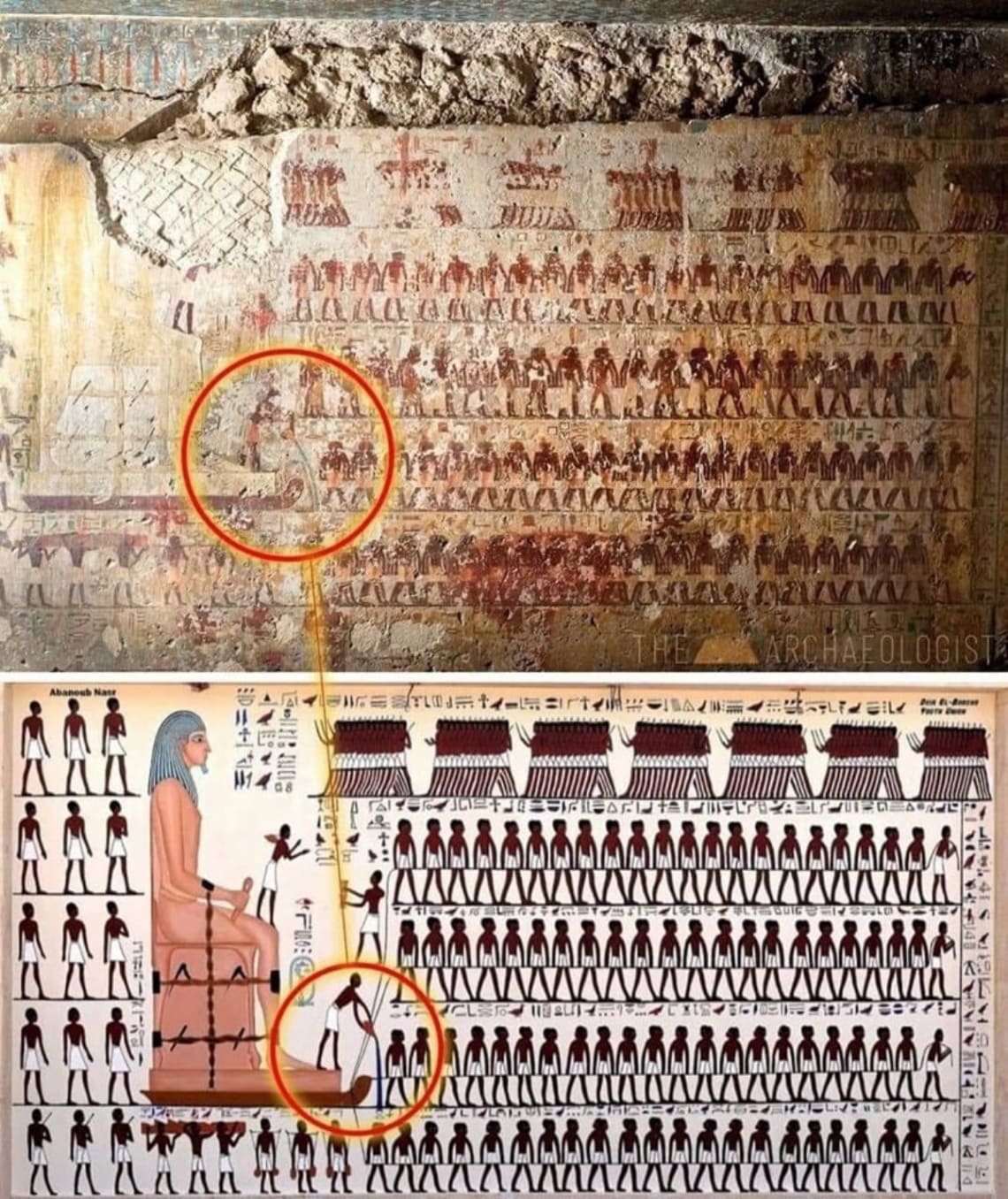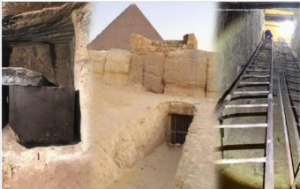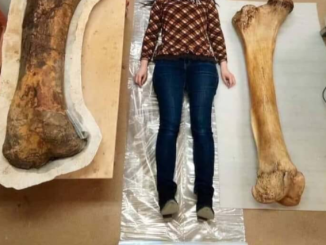
The awe-inspiring architectural achievements of ancient Egypt have long captivated the imagination of scholars and skeptics alike. Among the most persistent questions posed by skeptics is: How did the ancient Egyptians manage to move such colossal stones with apparent ease?
Fortunately, the ancient Egyptians themselves have provided us with invaluable clues through illustrations and paintings that offer insights into their remarkable engineering prowess. One such artifact is the painting found in the tomb of Djehutihotep, a prominent ruler of the Middle Kingdom, which serves as a testament to their ingenuity in stone transportation.
This painting serves as a vivid portrayal of the techniques employed by ancient Egyptians to transport massive stone blocks, essential for the construction of their monumental structures. What makes this depiction truly remarkable is its ability to shed light on a crucial aspect of ancient engineering.
One particular scene depicted in the painting has long been viewed as ceremonial or ritualistic due to the presence of water. However, recent interpretations challenge this notion, suggesting that the water depicted in the scene served a practical purpose rather than a symbolic one.
According to these interpretations, the pouring of water onto the sand surrounding the sled may have functioned as a means to reduce friction. By wetting the sand, workers could effectively lubricate the surface, thereby minimizing the resistance encountered during the transportation of heavy stone blocks.
This innovative use of water as a lubricant highlights the sophisticated understanding of physics and engineering principles possessed by the ancient Egyptians. Rather than relying solely on brute force, they employed ingenuity and resourcefulness to overcome logistical challenges inherent in their monumental construction projects.
In essence, the painting from the tomb of Djehutihotep offers a glimpse into the practical techniques utilized by ancient Egyptians to maneuver colossal stones with remarkable efficiency. It serves as a testament to their mastery of engineering principles and their ability to innovate in the face of daunting challenges, leaving an indelible mark on history for generations to marvel at.








